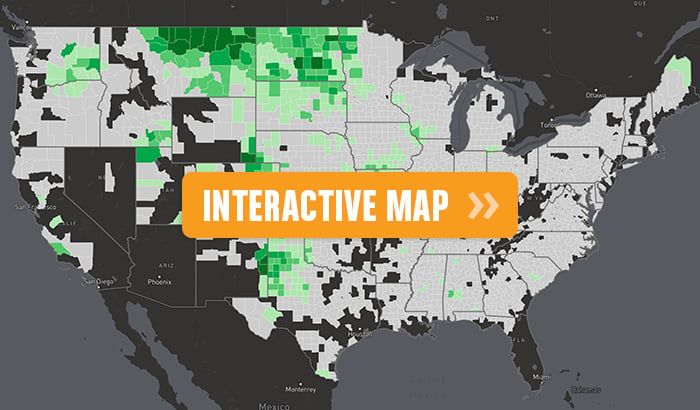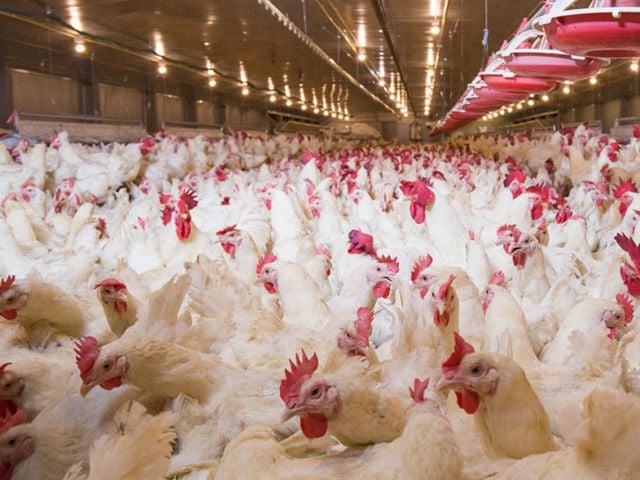WASHINGTON – A critical flaw in the Department of Agriculture’s Conservation Reserve Program is not only its failure to provide lasting protection for environmentally sensitive land, but also its wasting of billions of taxpayer dollars, an EWG analysis of USDA data shows.
When crop prices are low, farmers move sensitive land out of production into the reserve program, or CRP, which pays them annual “rent” on the retired acres. But when prices rebound, farmers can pull those acres out of the CRP and return them to row crop production. Between 2007 and 2014, this revolving door let farmers take nearly 16 million acres out of the CRP, negating the environmental and public health gains taxpayers paid more than $7 billion to achieve.
“Shifting environmentally sensitive land out of row crop production is one the simplest and best ways to mitigate farm pollution,” said Anne Weir Schechinger, a senior analyst at EWG and co-author of the report. “But unless the land remains out of production and in conservation over the long term, the environmental gains will prove fleeting – and the cost to taxpayers is staggering.”
Using data compiled from the USDA’s Farm Service Agency, EWG mapped the total cropland that was taken out of the CRP by county, as well as the investment lost to taxpayers between 2007 and 2014, when crop prices were soaring.
Just in North Dakota, Colorado, Iowa, Minnesota and Michigan, more than 4.4 million acres were taken out of the CRP in those seven years, with an investment loss to taxpayers of more than $2.1 billion.
| State |
Lost CRP acres, 2007-2014 |
Investment lost |
| North Dakota | 1,989,207 | $659,745,255 |
| Colorado | 973,686 | $303,724,839 |
| Iowa | 748,623 | $759,321,720 |
| Minnesota | 622,373 | $361,399,206 |
| Michigan | 117,660 | $79,486,939 |
| Total | 4,451,549 | $2,163,677,959 |
Now that crop prices have fallen again, landowners are once again interested in putting acreage back into the CRP. Some members of Congress are proposing ramping up funding for the CRP and increasing the cap on CRP acres from 24 million to 40 million.
“Crop prices undoubtedly cycle up and down, and when they do farmers will take advantage of the CRP’s revolving door to put land in or pull it out of the program, with taxpayers picking up the tab for environmental and public health benefits that are here today and gone tomorrow,” Weir Schechinger said. “As Congress drafts the next farm bill, it should instead put more money into permanent or long-term conservation easement programs.”
Two proven programs are already in place: the Conservation Reserve Enhancement Program, or CREP, which works with states to target high-priority conservation objectives, and Wetland Reserve Easements, part of the Agricultural Conservation Easement Program, which seeks to enroll wetland acres in long-term or permanent easements. Several states, such as Michigan and Minnesota, are taking advantage of these programs.
But Congress has not provided adequate resources for these programs. Long-term or permanent land retirement programs do considerably more than the CRP to reduce pollution, preserve wildlife habitat and protect drinking water from agricultural runoff – one of the leading sources of drinking water pollution in the U.S.
“Increasing the acreage cap on short-term CRP contracts will only feed more land into the revolving door and waste more taxpayer money,” said Weir Schechinger. “Taxpayers deserve more for their investments, and Americans in farm country deserve clean drinking water.”



